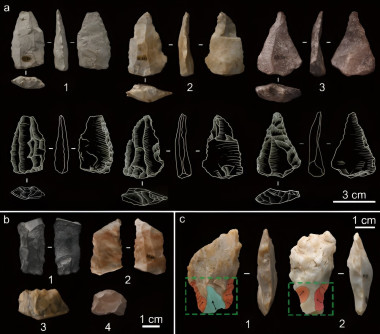New evidence strongly suggests Indonesia's Gunung Padang is oldest known pyramid [See comments.] (phys.org)
Paper: onlinelibrary.wiley.com/doi/10.1002/arp.1912

Paper: onlinelibrary.wiley.com/doi/10.1002/arp.1912

For years, scientists have debated whether humans or the climate have caused the population of large mammals to decline dramatically over the past several thousand years. A new study from Aarhus University confirms that climate cannot be the explanation....

The development of the earliest cities in Mesopotamia and the Middle East led to a substantial increase in violence between inhabitants. Laws, centralized administration, trade and culture then caused the ratio of violent deaths to fall back again in the Early and Middle Bronze Age (3,300 to 1,500 BCE). This is the conclusion of...

A research group led by the Nagoya University Museum and Graduate School of Environmental Studies in Japan has clarified differences in the physical characteristics of rocks used by early humans during the Paleolithic. They found that humans selected rock for a variety of reasons and not just because of how easy it was to break...

Last summer, archaeologists from Gothenburg University and Kiel University excavated a dolmen, a stone burial chamber, in Tiarp near Falköping in Sweden. The archaeologists judge that the grave has remained untouched since the Stone Age. First analysis results now confirm that the grave in Tiarp is one of the oldest stone...
The abandoned fieldstone walls of New England are every bit as iconic to the region as lobster pots, town greens, sap buckets and fall foliage. They seem to be everywhere—a latticework of dry, lichen-crusted stone ridges separating a patchwork of otherwise moist soils....


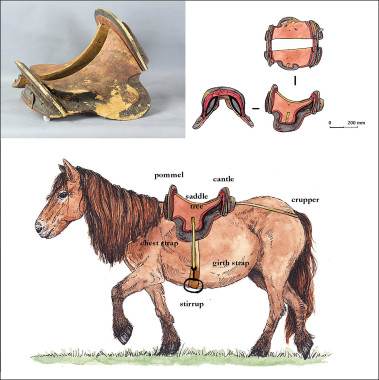

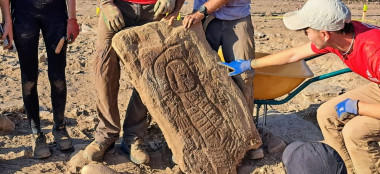

More than 500,000 years ago, our human ancestors used large, stone tools known as “Acheulean handaxes,” to cut meat and wood, and dig for tubers. Often made from flint, these prehistoric oval and pear-shaped tools are flaked on both sides and have a pointed end....


Archaeologists have combined DNA analysis with the study of pottery to examine the spread of broomcorn millet across Eurasia, revealing how regional culinary traditions persisted even as new crops were introduced.
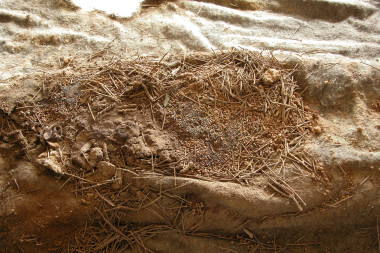
A multi-institutional team of anthropologists has discovered that two pieces of ancient Scythian leather excavated at sites in Ukraine were made from human skin. In their project, reported on the open-access site PLOS ONE, the group tested an account by the Greek historian Herodotus regarding certain behaviors of ancient...

In a groundbreaking archaeological discovery, an international team led by archaeologists from Freie Universität Berlin has uncovered fortified prehistoric settlements in a remote region of Siberia. The results of their research reveal that hunter–gatherers in Siberia constructed complex defense structures around their...
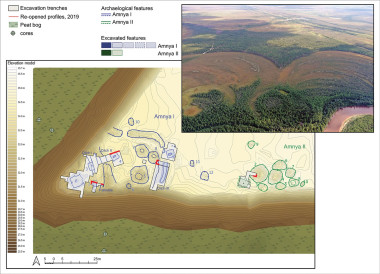
This summer, archaeologists and a metal detectorist conducted a small survey of Herlaugshagen, at Leka in the northern part of Trøndelag County. They found something amazing....
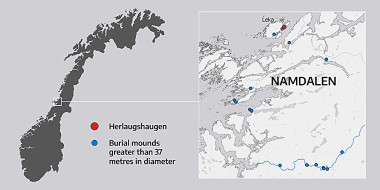
A team of archaeologists, geologists and historians affiliated with several institutions in Spain has found that the Menga dolmen represents one of the greatest engineering feats of the Neolithic. In their study, published in Scientific Reports, the group used new technology to learn more about the stone that was used to create...


A re-analysis of more than 300 sets of 5,000-year-old skeletal remains excavated from a site in Spain suggests that many of the individuals may have been casualties of the earliest period of warfare in Europe, occurring over 1,000 years before the previous earliest known larger-scale conflict in the region....
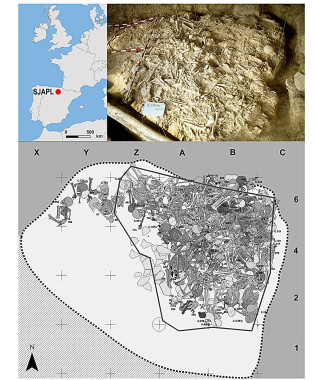

An enormous tsunami with gigantic waves reaching 20 meters submerged large parts of northern Europe and may have wiped out populations of people in Stone Age Britain, a new University of York study has discovered....
Tucked away in rock shelters in the secluded northern mountains of Luzon in the Philippines, the Kabayan “fire” mummies lie at rest....

Shiyu provides us with an opportunity to look into the life of the skillful hunters from northern China 45,000 years ago. The people inhabiting the region had a remarkably advanced tool kit, with a range of innovative tools from the Upper Paleolithic, including end-scrapers, awls, and tools of former times, including Middle...
